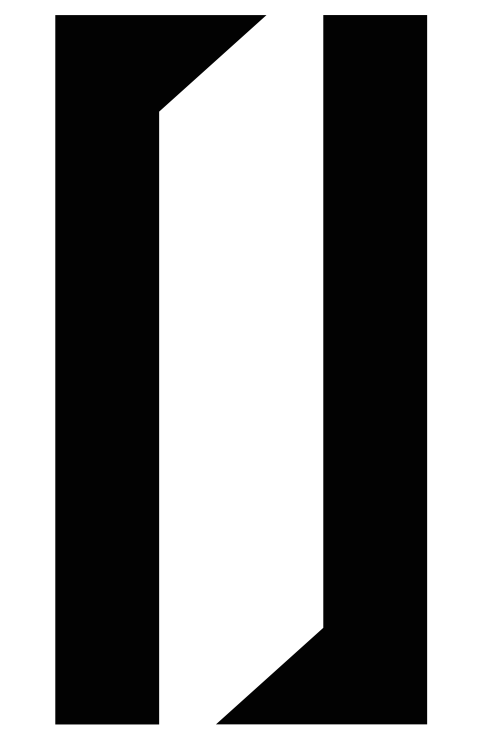Ok, switching over to black and white from here on out with this build. I hope this post finds everyone doing well. I last left off cutting the dovetails on the drawers. One of the most important things in dovetailing is to have clean, straight lines throughout the pins and tails, this is easily achieved with the help of a squared up chopping block seen below. I was taught this method and really believe it's a good way to go for hand cut dovetails.
After the drawers are glued up and before the bottoms are fit, I moved onto fitting each drawer in their pocket. Each drawer is made about a 1/32" too wide and then planed down to fit. This way, you can sneak up that piston fit.
It's always important to have a design and a plan on how the piece will come together, but equally important for myself in this process is allowing the piece to direct itself. The middle section I purposefully "built around", leaving a negative space that could be utilized to add something of thought. Keeping the client in mind during this composing process, is to me, what makes crafted objects come alive to the individuals who use them on a daily basis. With that said, it is not often enough that the craftsmen/women of today get a chance to exercise this gift, so... I am very thankful for this opportunity.
On to this negative space, I wanted to have some sort of tray to place jewelry on once pulled from it's drawer, maybe to set one earring on while pinning the other. I thought through a small pull-out tray and decided using a door that flips down would be best. This Idea posed a problem with the hinge mortising since that is something that would usually be done before the final glue up of the partitions. I tried a couple different hinge styles and ended up using the smallest set of knife hinges I could find, mortising them into the tray the depth of both sides of the hinge. Doing it this way allowed the other side of the hinge to not need mortised, since that would be almost impossible without introducing a degree a difficulty that might allow a mistake that couldn't be undone.
Below you can see the tray in place utilizing the inside shelf as a stop for the tray itself.
With the interior completed and back panel glued in, I was able to move on to the setting the doors, first by placing the hinges. After the hinges are placed, a final fitting of the doors and can be dialed in. Leaving the doors a shade large, they are easily fit by taking a few plane strokes off here and there.
Cheers.






